How Long Does It Take to Charge Your EV While on the Road?
Electric vehicles are on the rise. To meet the rapid growth in demand for EV charging, many governments have begun building public EV chargers. Can the existing EV chargers meet the charging requirements of EV drivers? How long does it usually take to charge an EV charging unit located on a highway when you are traveling? Does it take a few moments or will you have to wait in the sun for hours?
Does it Take 4 Hours to Charge Your Electric Car?
The charging time of electric cars has decreased from tens to minutes with the advancement in technology. However, it still takes a long time for drivers of traditional fuel cars to charge their electric vehicles. The charging time for an electric vehicle is a major challenge when using an electric vehicle, as it takes longer than refueling an old-fashioned fuel car. But do all-electric vehicles take four hours to recharge?
Do electric cars have a range of 150 kilometers?
The range of an electrical car depends on the model, the battery capacity, and other factors. In general, the range will range between 100km to hundreds of kilometers. Many EVs, particularly new models and high-end models, have a range greater than 150 km. The Xiaopeng F57 can travel up to 700km (435 miles), while the Tesla Model S can go 405 miles. The Lucid Air Grand Touring can travel 516 miles.
What Factors Determine the Range of an Electric Car?
The range of an EV is determined by many factors, such as the battery capacity, weather conditions, vehicle weight, and more.
Battery capacity is the primary factor that determines the range of an electric car. In general, the larger the capacity of the battery, the more energy it can store and thus increase its range. Some electric vehicles have larger-capacity batteries that can reach ranges of up to hundreds of kilometers.
Climate conditions: Temperatures can also affect an electric car’s range. In extreme cold or heat, the battery’s performance may be affected. This can result in a reduced driving range.
Vehicle load: The load profile can also affect range. Carrying more passengers and cargo will increase vehicle weight, which will result in increased energy consumption. This will reduce the range.
Why Is Charging an EV Becoming Difficult?
Despite the many benefits that electric vehicles offer in terms of energy efficiency and environmental protection, charging them in practice is becoming more difficult. What causes this phenomenon, then?
First, the lack of charging stations is one of the major reasons why charging electric cars has become difficult. The number of charging stations, especially in densely populated areas or remote regions, is not enough to meet the increasing demand for electric cars. Due to this, EV owners are often forced to wait in long lines at charging stations or spend a great deal of time searching for suitable commercial EV chargers.
Second, a lack of time is another factor that makes charging difficult, even if EV electric points exist. There may be a lack of DC fast-charging points in certain areas or the chargers themselves are not up to standard. Charging stations can require longer waiting times to charge, which reduces the convenience of EV charging.
Inconsistent standards can also make charging difficult. Various regions may use different standards for charging plugs, and some EV manufacturers may also use a different set. The standard variation makes it more difficult to find a charging station.
The complexity of EV charging is caused by multiple factors, including inadequate charging facilities, slow charging speeds, and standard variations.
How Do You Avoid Charging Queues for EVs?
Plan charging trips in advance. How? Charge at night, in the evening, or in pilot areas that have many charging stations. Use a smart charging application to monitor real-time usage of charging stations. This will provide you with real-time status and true availability.
Planning charging trips, choosing areas with high coverage, and using smart charging applications can all help avoid EV charging queues.
Is the Charging Speed Affected by the Number of EVs?
EV charging will slow as the number of EVs charging at a charging station increases simultaneously. This is mainly determined by the power supply capacity and the design of the charging station.
When multiple EVs need to be charged at the same time by the same charging station, the EV station must provide enough power for each vehicle. If the charging station is limited in power capacity or if there is a high load on the grid, it may slow down charging.
Moreover, some EV chargers are designed in a way that multiple charging posts can share a single power unit. If the number of EVs that are connected to the same unit increases, the unit may become overloaded, resulting in slower charging.
Some charging stations are equipped with shunt technology, which dynamically distributes the power according to each vehicle’s charging needs. This maximizes charging speed and avoids slowdowns due to multiple vehicles charging simultaneously.
How to Prevent the Number of EVs from Affecting the EV Charging Speed?
There are five ways to maximize charging efficiency and avoid the impact of the number of EVs on charging speeds.
1 . Increase charging infrastructure
Increasing the number and density of charging stations can help spread out the demand for charging EVs. This will reduce the pressure on individual charging piles or stations. Investments by governments, businesses, and investors in charging infrastructure can improve the density and coverage of charging stations.
2. Optimize the layout of charging stations
EV charging station layout and planning should be based on a reasonable approach. Avoiding the construction of charging stations centralized in busy areas and avoiding their centralization can reduce congestion at charging stations.
3. Adoption of fast EV chargers
Fast EV chargers charge EVs quickly. Some EV chargers charge up to 80% in twenty minutes. This reduces the waiting time for charging stations. Some charging stations already have high-power fast chargers that reduce charging times and improve charging efficiency.
4. Intelligent charging management system
Intelligent charging management systems can dynamically adapt the charging power to the charging demand for electric vehicles and to the load conditions of the power grid to achieve the optimal charging schedule. This will prevent the grid from being overloaded and charging speeds from decreasing due to a large number of EVs charging simultaneously.
5. Optimizing charging strategy
Charge EVs at regular intervals, or over different periods, to avoid charging them during peak hours. This will reduce the pressure on charging stations.
Joint: An Energy Storage Provider
Are you tired of queuing for charging? But faced with a long journey of several hundred kilometers, you have to make several trips to public EV charging stations to replenish your EV. A journey of several hours thus takes an extra third of the time.
The EVD300 Energy Storage EV Charger, made by an EV charging provider, is a device with integrated energy storage. It stores electricity and charges EVs as required. Energy storage balances the load on the grid, improves charging efficiency, and provides backup power for EVs in emergencies, such as power outages. Energy storage can balance the load on the power grid, improve charging efficiency, and provide backup power for electric vehicles in emergencies such as power outages. At the same time, energy storage for ev charging can also be used as a temporary charging station for EVs, providing charging services for EVs in emergencies.
Joint’s DCFC energy storage EVD 300 is available in three power levels, 7KW, 15KW, and 20KW. The EVD 300 portable DCFC charger is equipped with a CCS2 plug (GB/T or CHAdeMO optional) and a 3-metre cable to ensure compatibility with a wide range of electric vehicles. For ease of mobility, the Joint EVD300 features an ergonomically designed handle that makes it easy for the user to carry it wherever energy storage is required. The bottom casters of the Joint EVD300 are designed to provide maneuverability and flexibility. The ability to lock the wheels prevents them from slipping during operation.
On the go, the Energy Storage EV Charger is always ready to quickly recharge an EV, especially when public EV charging stations are unavailable or congested. With the Joint EVD 300 Energy Storage, EV users can conveniently charge their electric vehicles when and where they want, without having to worry about queues at charging stations or being unable to find a suitable charging station.
In short, DCFC Energy Storage can be used as a backup charging facility to help EV users solve charging problems and improve charging convenience while traveling, which will better meet their travel needs.
Conclusion
The charging speed of electric cars will continue to increase in the future as technology advances. This will allow drivers to complete the process quickly.
Charging time is a problem for electric vehicles. Electric vehicle drivers will no longer be concerned about charging times by improving fast charging technology, and increasing the charging equipment. Electric vehicle manufacturers will be driven into the future by the increase in charging speed.

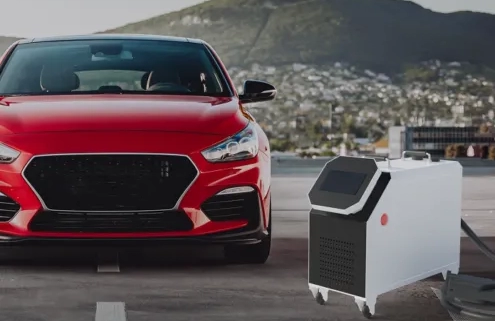
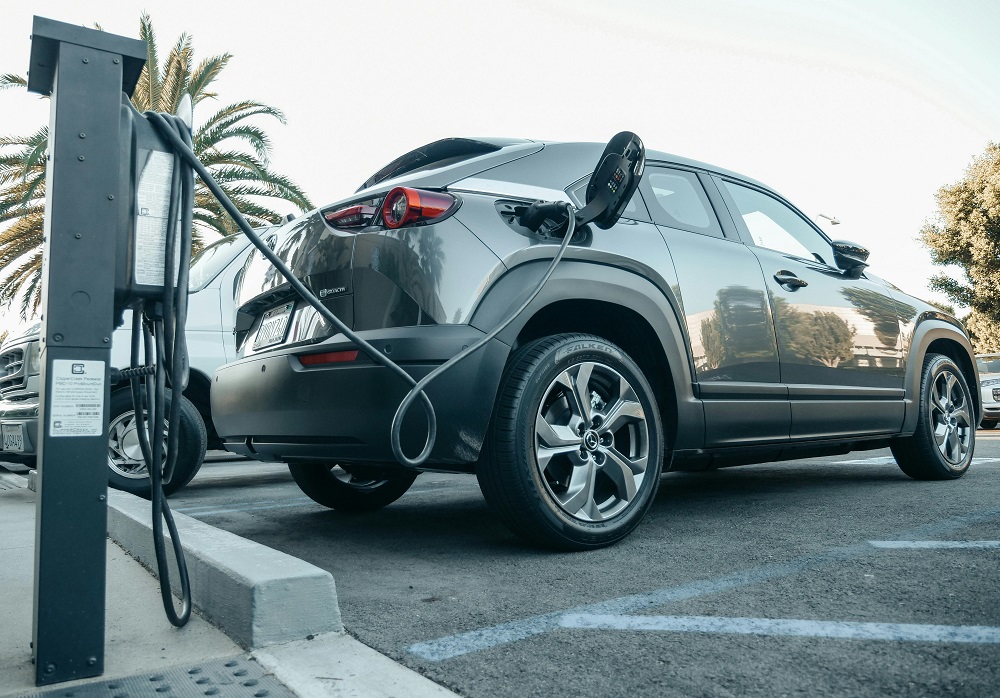
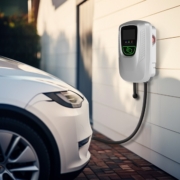
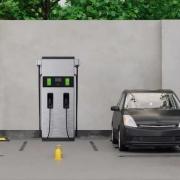
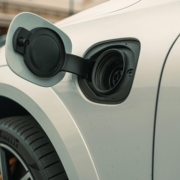

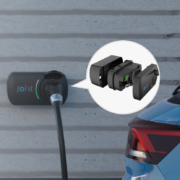
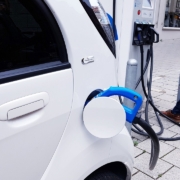


Leave a Reply
Want to join the discussion?Feel free to contribute!